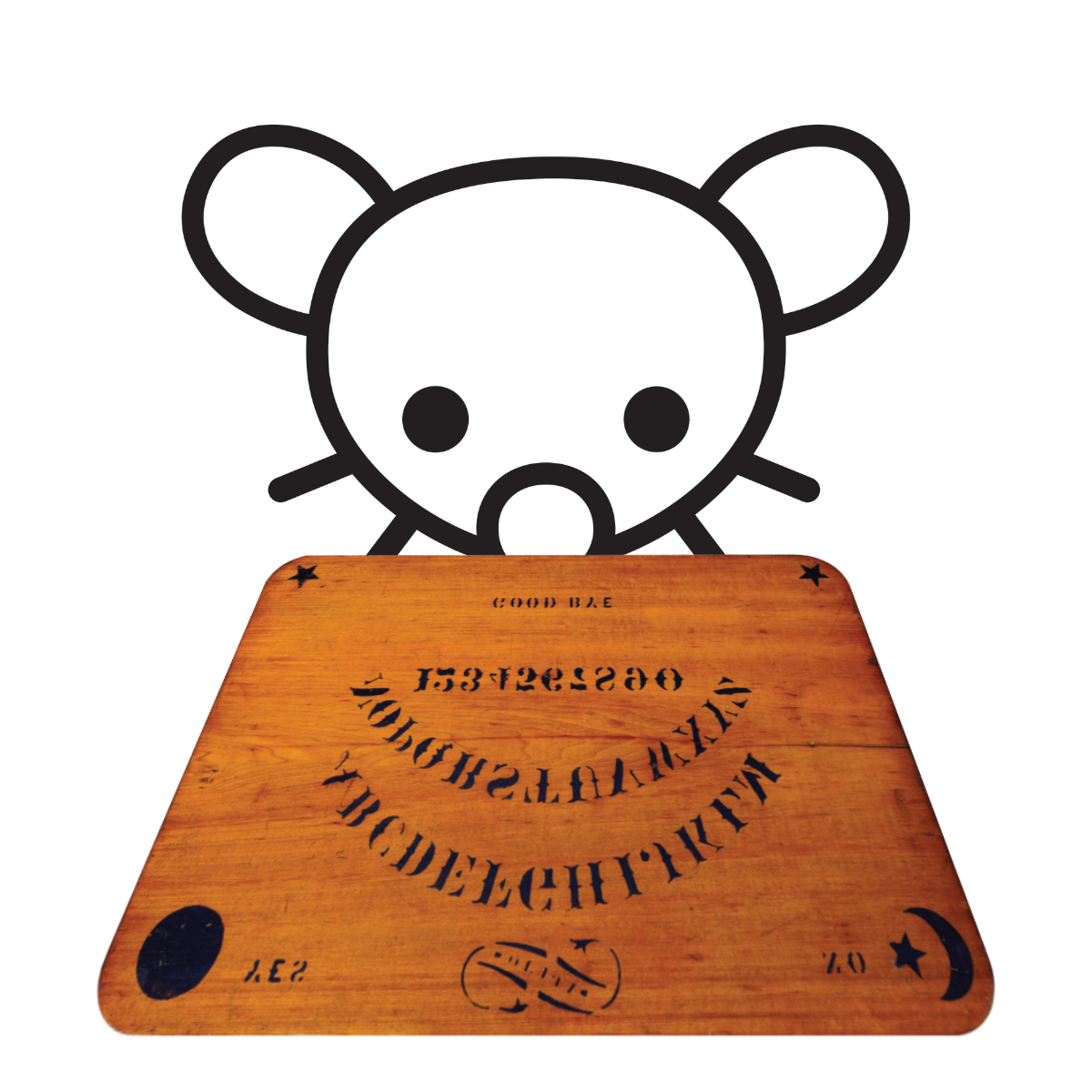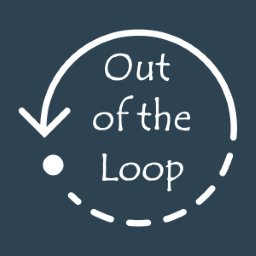- 11 Posts
- 1.07K Comments
Quick survey question: approximately how many animes would you say you’ve watched?
How tf do you expect the meme of Canadians wearing shorts and Australians wearing jackets to work at those temperatures?
What your body considers cold depends on what it is used to. My body is used to Texas weather and I consider 10 c (50 f) to be hoodie and pant weather.
You might consider that to mean my body is used to a very hot temperature. But I’ve been on trips to places closer to the equator where, at 18 c (65 f), I would be wearing shorts and the locals are wearing their thickest sweaters (which are pretty light by my standards).
There are Siberians out there who might consider what you consider to be cold to not be that cold.
Cold and hot are relative.

 4·8 days ago
4·8 days agoDon’t worry about the tangent, I’m a bit of a linguistics nerd. As you can tell by the following paragraphs.
Try making a d sound with your tongue right behind your teeth. Now try making it with it deeper in your mouth, touching the top of your mouth. There’s multiple tongue positions in the mouth that can make d sound. While making the d sound you can also change the amount of air you expel to make the d sound.
This is how a lot of the multiple letters for a single Latin letter work in most indian languages. Explicit characters for each position and often two letters at each consonant position, one for low stress sound at that position and one for high stress.
Found this website for pronunciation of the Sanskrit alphabet: https://oursanskrit.com/sanskrit-grammar-reference/pronunciation-of-sanskrit-letters/
Sanskrit is an ancestor language for most Indian languages, like how Latin is a parent for most European languages. There are some differences between the modern language alphabets, similar to how German, Spanish, and English pronounce “j” differently. Umlauts and/or accents addded to vowels in some european languages, but not others, etc. But the majority of the letters are the same. South Indian (Dravidian languages, as opposed to north India’s indo-European languages) have alphabets that look very different but the letters have mostly a 1 to 1 relationship with the north Indian ones.

 13·9 days ago
13·9 days agoThe real way to spell it would be in the Hindi script. This is just the most common approximation in the English version of the Latin script.
You can’t get a very accurate version in the Latin script because the Hindi alphabet (devanagiri) has 4 different Ds, two different CH sounds, etc.

 28·10 days ago
28·10 days agohttps://slrpnk.net/post/4377634 crazy that this lemmy community is old enough and big enough that we can refer some new posts to related older posts now.

 6·10 days ago
6·10 days agoThe dating phase is often mostly skipped. Maybe a few months. It’s straight from meet a handful of times to marry. That’s what makes it “arranged”.
I think you might be mixing up “forced marriages” with “arranged marriages”.

 7·10 days ago
7·10 days agoAs another comment on this post explains, in urban middle class India, “arranged marriages” are when your parents are a dating app and set up meetings with people and both people getting married need to consent.
Indians themselves, being a former British colony and thus speaking some degree of English, use those exact words. This isn’t a translation of an Indian phrase or someone else labeling Indian marriages “arranged marriages”. Middle class Indians split marriages into two categories. “Arranged marriages” and “love marriages”.
“Love marriages” are when the partners themselves hit it off, date, and marry.
“Arranged marriages” for middle class indians are when the parents set up meetings, and if both partners agree, they get married. Not much dating with that one, just a couple of meetings, then get engaged for a year (can vary), then marry. Either partner can stop this process at any point. After marriage, legally, either party can file a divorce. This is less common and more frowned upon in older generations but legally quite possible.
For poor Indians in really rural areas, “arranged marriage” means something different. For them, both partners are forced to marry regardless of their wishes if their parents feel strongly enough about it. Legally, they have the same rights, but the societal pressure makes it effectively forced for them.
The above is true for all religions in India except Islam. Muslims have some weird special laws and seperate civil courts and law. The Quran states some laws about divorce and other stuff and there would have been more riots and protests during the government’s formation if they weren’t allowed to follow the Quran’s laws. Some of these special laws have recently been banned, it’s very complicated and I don’t know much about the situation as I don’t live in India.
I also have some Chinese friends whose idea of what an arranged marriage is is very similar to the Indian middle class.
And if both India and China have similar views on arranged marriage, I’m guessing that some parts of South East Asia also have similar ideas. That’s easily over a quarter of the earth’s idea of “arranged marriage”.

 5·10 days ago
5·10 days agoExcept that “arranged marriage” is a matchmaking service in many cultures where both people need to agree to get married. And in many cultures, “arranged marriage” means both the man and the woman are forced to marry regardless of whether the man doesn’t want it or the woman doesn’t want it.
There are indeed cultures where “arranged marriages” only happen if the man consents and the woman’s consent isn’t considered.
I believe the downvotes are because of how many different meanings there are to “arranged marriage” and your comment implies that the only type of arranged marriage is the only man’s consent and no woman consent version. Your follow up comment also implies that divorce isn’t possible for arranged marriages, which, again, depends on the culture of the arranged marriage.
But not too many lights like this:


 17·12 days ago
17·12 days agonprotect can’t do shit on my machine since it’s running on proton.
Watched it about 1-2 years ago
Just got it, gonna get started tonight. Heard it’s already larger than Hades, despite being in early access still, so looks like I can easily hit over a 100 hours on it.
Perfectly fluent: English
Fluent at talking and reading, but can’t write (horrible at spelling): Telugu (in two very different dialects)
Illiterate, but can understand everything spoken: Kannada
Can hold tourist level conversations and can read: German and Hindi
What is a tourist level conversation? Talk slowly, pronounce stuff weird, ask ppl to repeat some things if they go too fast or have an accent that’s different than the one I learned.
I’ve noticed that I only know languages in the indo-European and Dravidian families. Deliberating between whether to improve my Kannada or to learn a new east or south east Asian language next to increase my language family count.

 3·14 days ago
3·14 days agodeleted by creator















Perhaps ppl who keep their githubs anonymous simply tend to be more skilled. Older, more senior devs grew up in an era where social medias were anonymous. Younger, more junior devs grew up when social medias expect you to put your real name and face (Instagram, Snapchat, etc.).
More experienced devs are more likely to have their commits accepted than less experienced ones.